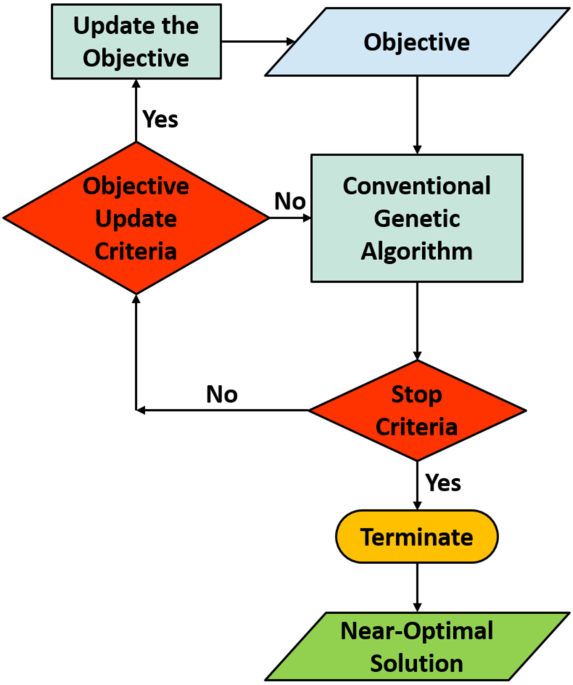Scientists have successfully employed an advanced design technique called the Adaptive Genetic Algorithm (AGA) to create novel materials known as metasurfaces, which can manipulate light in unprecedented ways. These metasurfaces, designed using the AGA method, tackle complex challenges in photonics with high-dimensional parameter spaces where traditional design methods fail.
One notable achievement is the development of a reflectarray metasurface capable of steering light beams for telecommunications. This optimized design, overcoming limitations of conventional metasurfaces, exhibits high reflection efficiency and robustness against manufacturing imperfections. The AGA technique enabled the creation of a binary-pattern metasurface operating in the near-infrared regime, crucial for modern communication technologies.
In another application, researchers engineered an innovative optical leaky-wave antenna that can independently direct two different polarizations of light. Traditional antennas have limitations in controlling the direction of multiple light modes simultaneously. The AGA method facilitated the design of an aperiodic grating antenna, allowing for tailored dual-beam radiation, a significant advancement for applications requiring precise light control.
The AGA technique also led to the creation of compact birefringent metasurface unit-cells. These devices can manipulate different polarization components of light independently, with a reduced building block size compared to conventional dielectric metasurfaces. This breakthrough enables higher resolution and more compact optical devices with polarization-dependent functionalities.
Furthermore, scientists designed a unique metasurface that is both transparent to visible light and highly absorptive in the infrared spectrum. This dual-band functionality is particularly relevant for solar cell technology. The metasurface can act as a cooling layer for solar cells by filtering out unwanted heat-generating infrared radiation while allowing visible light for energy conversion, potentially improving solar cell efficiency and longevity.
Beyond specific applications, the research highlights the valuable data generated during the AGA optimization process itself. By analyzing the vast dataset of structural designs and their optical properties explored by the algorithm, researchers can gain deeper insights into the design space of metasurfaces. This “surplus data” can be leveraged for machine learning and artificial intelligence applications, potentially accelerating future discoveries in metamaterials and photonics. These findings demonstrate the power of the AGA technique in pushing the boundaries of metasurface design and opening new avenues for advanced optical technologies.

Leave a Reply